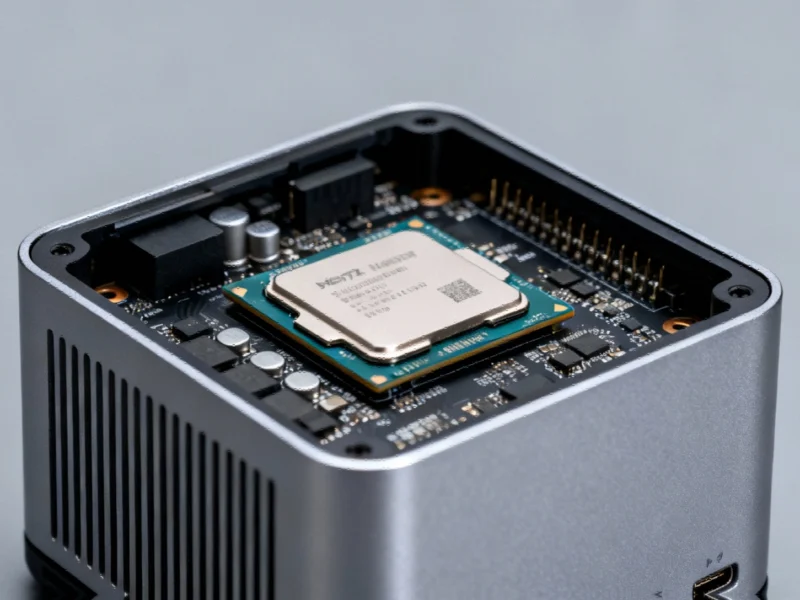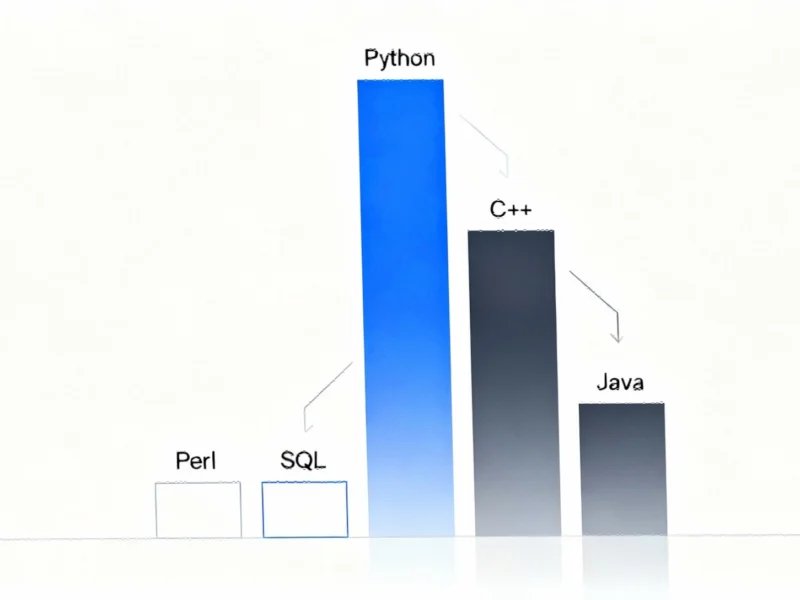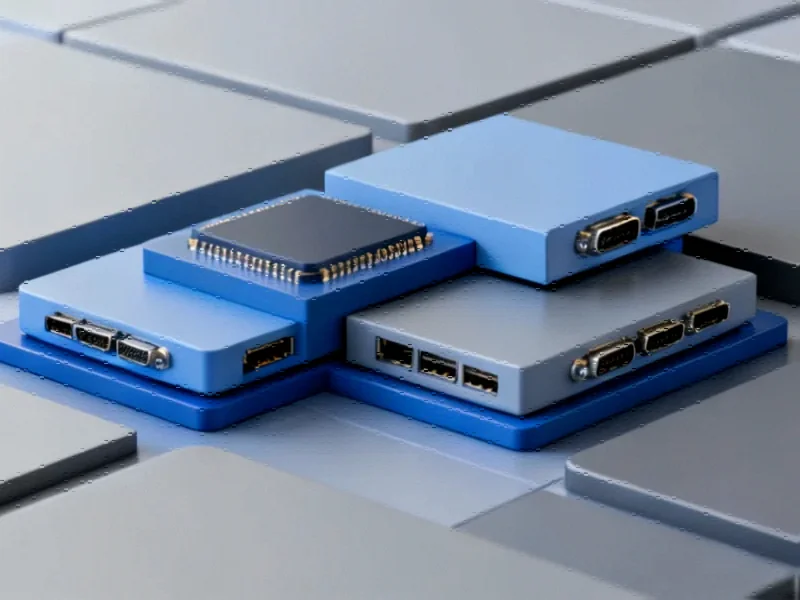Asus Transforms NUC Legacy with AMD-Powered Gaming Innovation
In a significant departure from tradition, Asus has integrated AMD’s Ryzen 9 9955HX3D processor into its latest ROG NUC gaming mini PC, marking a historic shift for the formerly Intel-exclusive NUC brand. This strategic move comes after Asus acquired the NUC product line from Intel in 2023, signaling the company’s intention to redefine what’s possible in compact computing. The integration of AMD hardware into what was once Intel’s signature small-form-factor platform represents one of the most notable cross-brand collaborations in recent PC hardware history.
The ROG NUC 2025 (alternatively marketed as ROG Magic 9 Mini) demonstrates Asus’ commitment to pushing performance boundaries in miniature form factors. While the device maintains the compact dimensions that made NUC systems famous, the inclusion of AMD’s specialized X3D technology—known for its substantial L3 cache advantages—suggests Asus is targeting both gaming enthusiasts and professional users who require maximum performance in minimal space.
Technical Specifications and Performance Expectations
At the heart of this groundbreaking system lies the Ryzen 9 9955HX3D, a mobile processor that brings desktop-caliber performance to the compact NUC platform. This chip leverages AMD’s 3D V-Cache technology, which has demonstrated significant gaming performance benefits in previous desktop implementations. The system pairs this powerful CPU with NVIDIA’s RTX 5070 mobile GPU, creating a balanced configuration that should handle both gaming and creative workloads effectively.
The memory configuration includes 16GB of DDR5-5600 RAM, which, while slightly slower than some competing systems, should provide adequate bandwidth for most gaming scenarios. Storage is handled by a 1TB SSD, offering fast load times and responsive system performance. This hardware combination represents a careful balance between thermal constraints, power consumption, and performance targets inherent to the NUC form factor.
Market Positioning and Regional Availability
Currently, this AMD-powered ROG NUC appears to be a China-exclusive release, priced at approximately 15,000 yuan ($2,100 USD). This regional strategy might reflect Asus’ approach to testing market reception before global expansion. The pricing positions it as a premium compact gaming solution, competing with both traditional gaming desktops and high-end laptops in performance per cubic inch metrics.
Industry observers note that the timing coincides with broader technological shifts, including Windows 11 enhancements for multi-monitor productivity and evolving workplace policies affecting technology adoption. The system’s release also aligns with changing regulatory landscapes, as evidenced by new employer coverage mandates that could influence workplace technology investments.
Industry Context and Competitive Landscape
The introduction of AMD processors into the NUC ecosystem occurs against a backdrop of significant industry transformation. Recent developments in international trade relations and defense supply chain security requirements have created both challenges and opportunities for PC manufacturers. Asus appears to be navigating these complexities by diversifying its processor partnerships while maintaining the NUC’s core design philosophy.
This strategic pivot comes as manufacturers across the industry are enhancing their software ecosystems, with Windows 11 incorporating new productivity features that complement compact high-performance systems. Meanwhile, regulatory environments continue to evolve, as seen in recent defense media policies that could influence how technology companies communicate their innovations.
Technical Innovation and Thermal Considerations
The integration of the Ryzen 9 9955HX3D processor into the NUC form factor represents a significant engineering achievement. AMD’s X3D processors are renowned for their gaming performance but traditionally require careful thermal management. Asus engineers have presumably developed advanced cooling solutions to maintain optimal performance within the NUC’s compact enclosure without excessive noise or thermal throttling.
The use of mobile components—both for the CPU and GPU—demonstrates Asus’ understanding of the power and thermal constraints inherent to small-form-factor designs. This approach allows for respectable performance while maintaining the portability and space efficiency that define the NUC category.
Future Implications and Market Potential
The success of this AMD-powered ROG NUC could signal a broader shift in the mini PC market, potentially encouraging other manufacturers to explore similar cross-platform partnerships. If the Chinese market responds positively to this configuration, we may see expanded global availability and potentially more AMD-based NUC variants in the future.
Asus appears to be betting that the combination of AMD’s X3D technology and NVIDIA’s latest mobile GPU will create a compelling proposition for users seeking maximum gaming performance in minimal space. This strategy acknowledges growing demand for powerful yet unobtrusive computing systems that can serve as both entertainment centers and productivity workstations.
The introduction of AMD processors into the NUC lineup represents more than just a component swap—it signifies the continued evolution of compact computing and the breaking down of traditional hardware alliances in pursuit of optimal user experiences.
Based on reporting by {‘uri’: ‘pcworld.com’, ‘dataType’: ‘news’, ‘title’: ‘PCWorld’, ‘description’: ‘Covering everything from laptops to smartphones, from Windows 10 to productivity software, PCWorld delivers the information and expert advice you need to get the job done. ‘, ‘location’: {‘type’: ‘country’, ‘geoNamesId’: ‘6252001’, ‘label’: {‘eng’: ‘United States’}, ‘population’: 310232863, ‘lat’: 39.76, ‘long’: -98.5, ‘area’: 9629091, ‘continent’: ‘Noth America’}, ‘locationValidated’: False, ‘ranking’: {‘importanceRank’: 226244, ‘alexaGlobalRank’: 7899, ‘alexaCountryRank’: 3338}}. This article aggregates information from publicly available sources. All trademarks and copyrights belong to their respective owners.



